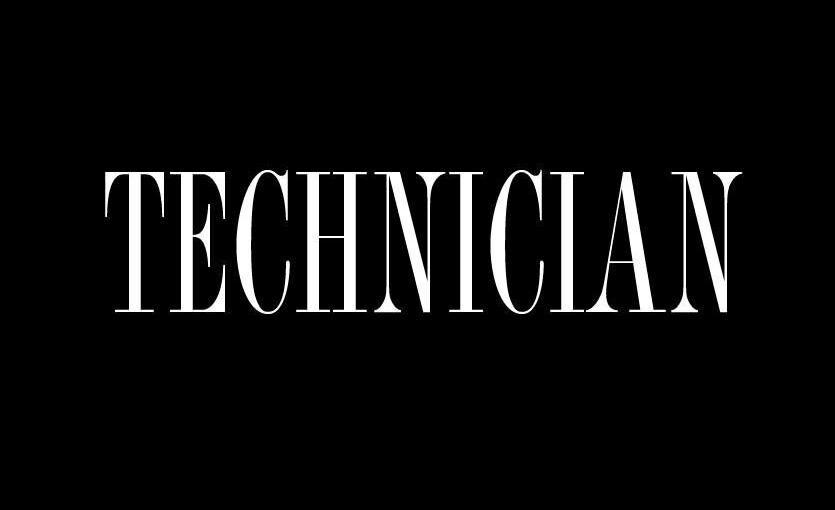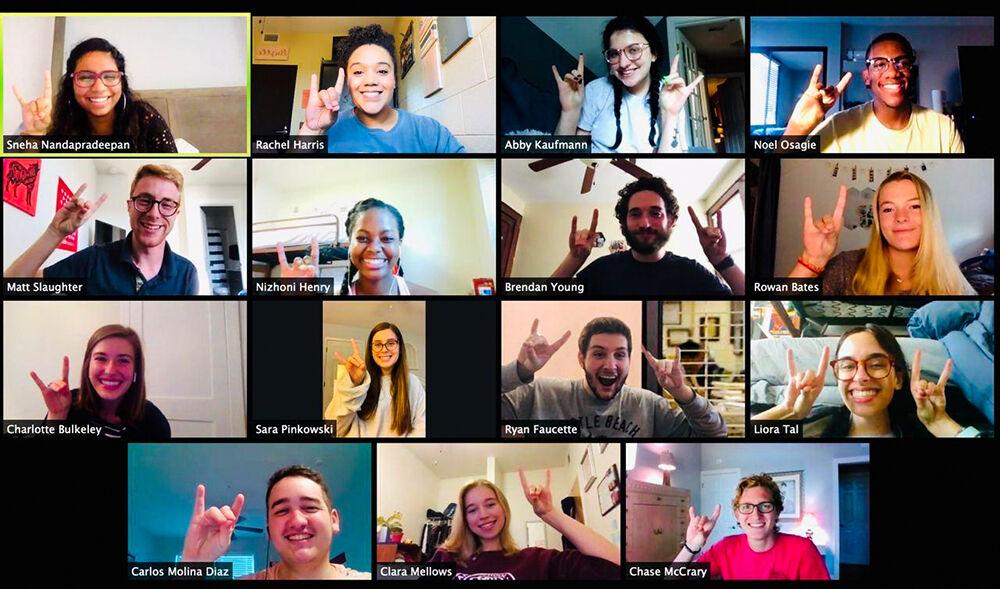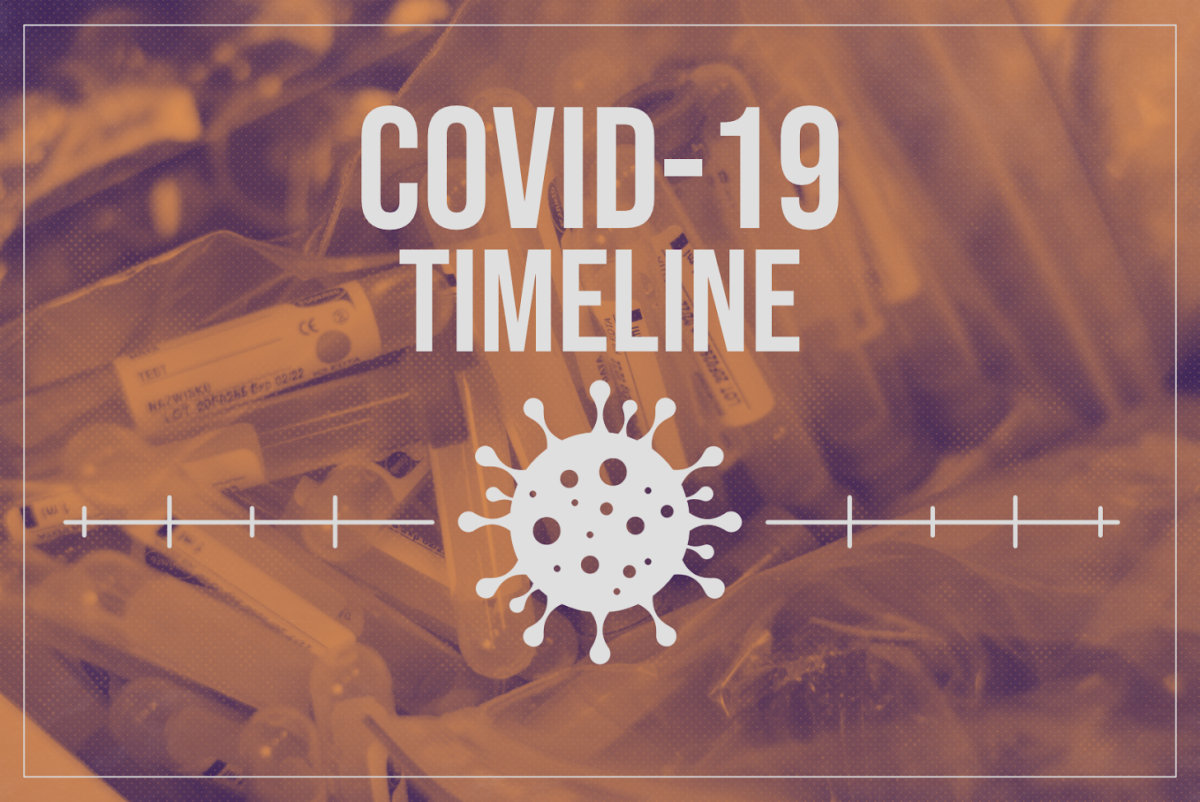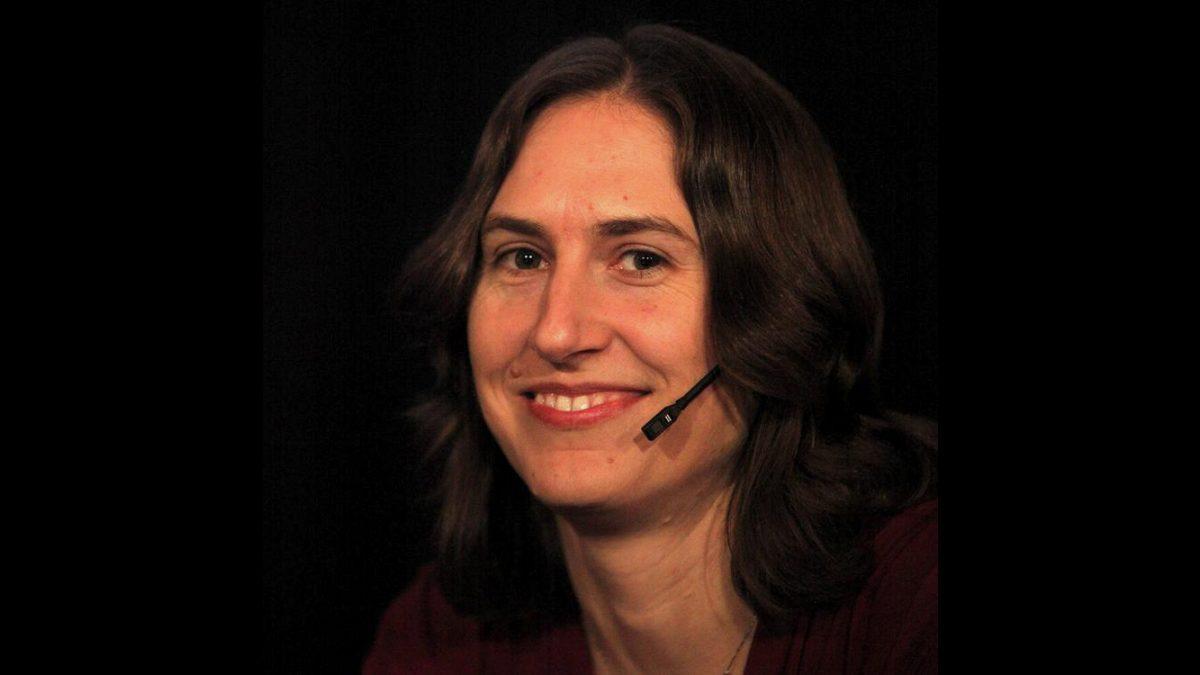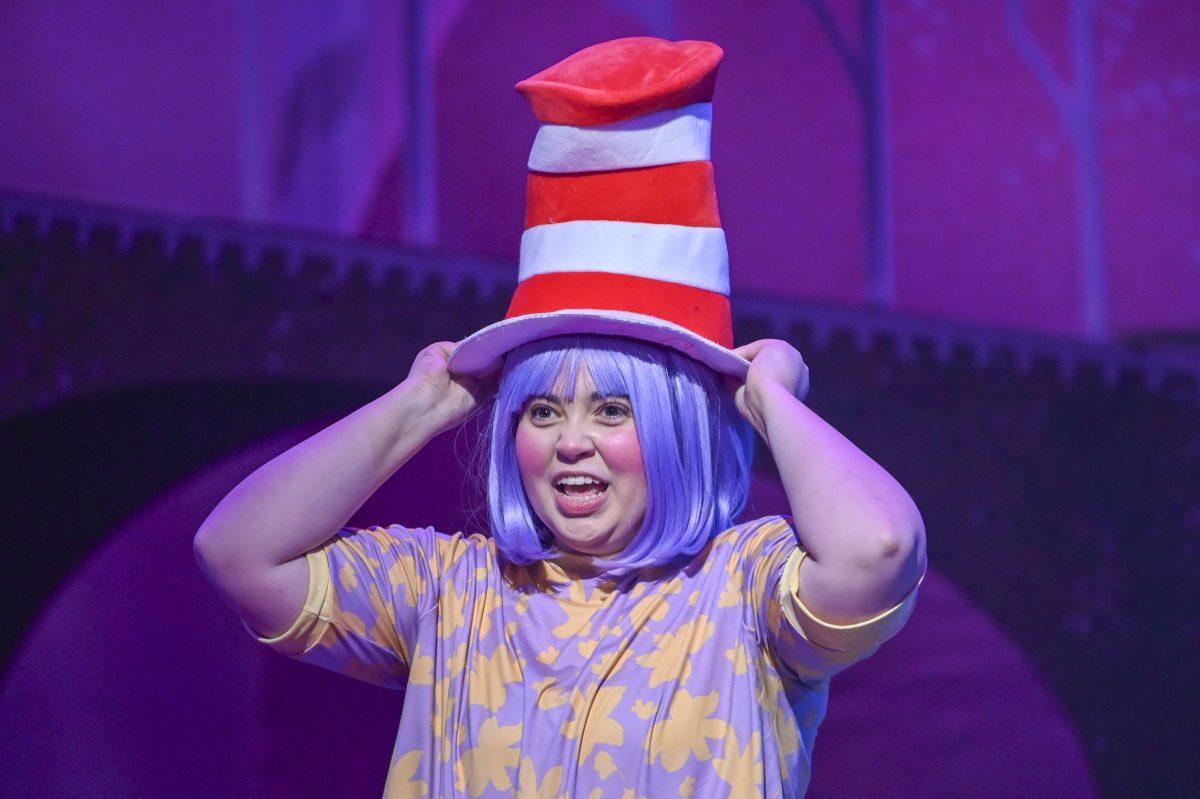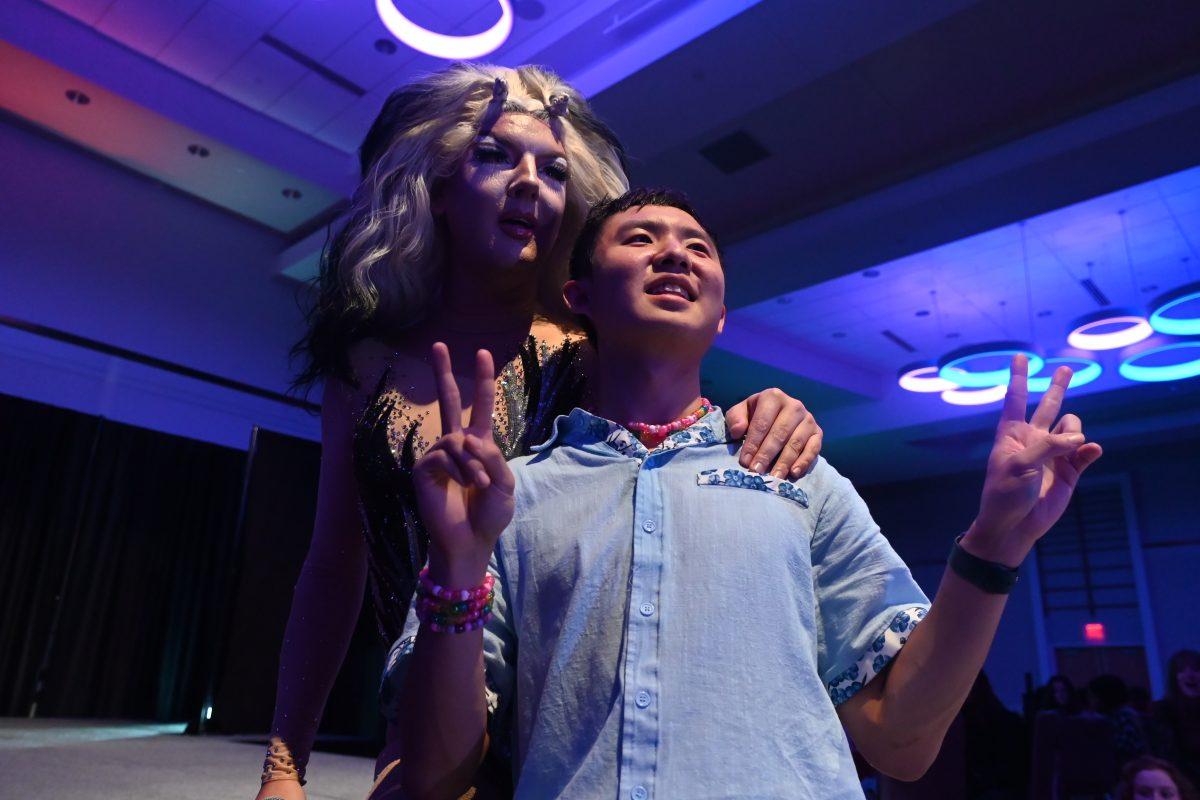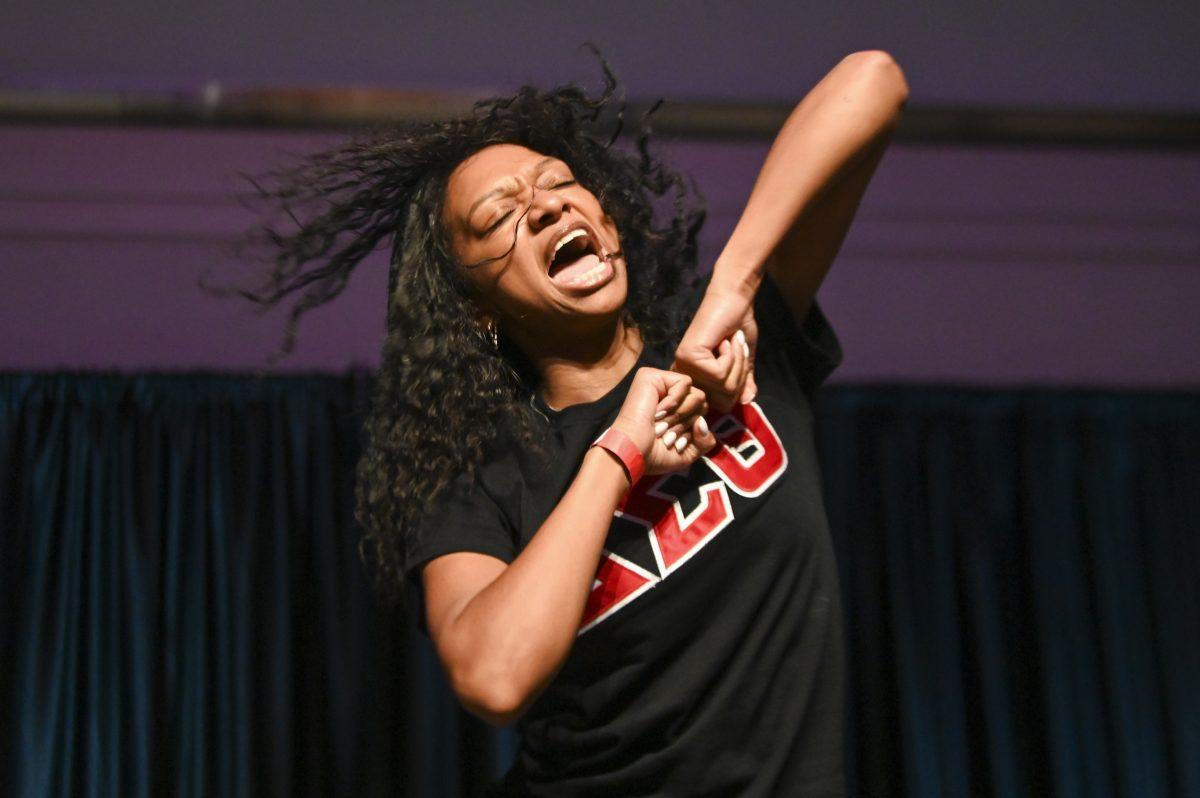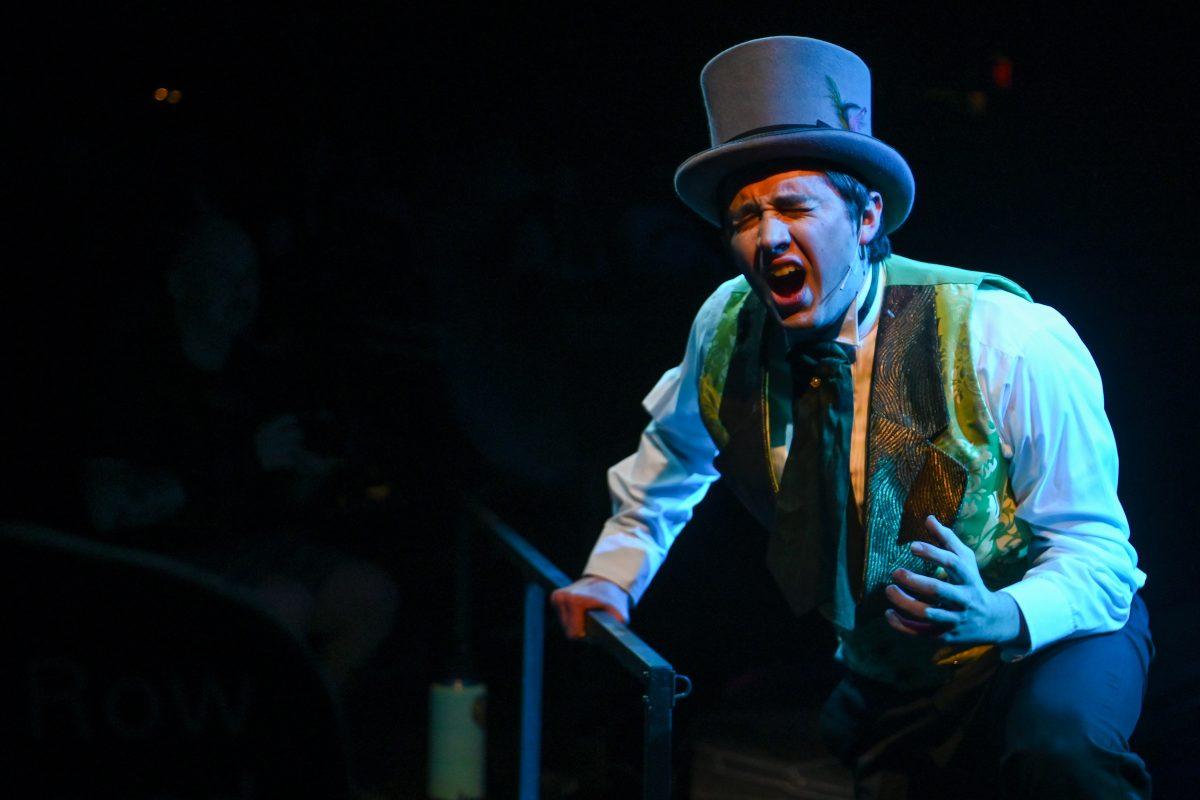3.5 out of 5 Stars
Imagine a future where the military employs children to fight our wars; a world where morality is sacrificed in order for humanity to survive. Would you be willing to surrender kids as young as 10 and 12 in order to achieve the so called “greater good?” That is the idea presented in the latest sci-fi blockbuster Ender’s Game, based on the popular novel by Orson Scott Card.
Director Gavin Hood follows Card’s novel well by excluding few plot points and adhering to its timeline. With well-known source material, the film adaptation was likely to be either really good or really bad. Instead, it falls somewhere in the middle and comes across as solid entertainment but nothing remarkable.
The film opens with young Ender Wiggin (Asa Butterfield) being recognized by the International Fleet for his superior skills and unique abilities. As Earth prepares to wage war once more against an extraterrestrial civilization known as the Formics, fiercely determined and overtly militaristic IF Colonel Graff (Harrison Ford) eagerly recruits the young lad.
Leaving everything he knows behind, Ender spends the rest of his childhood training to become a commander of the intergalactic organization. He and the other recruits receive their training in space, where they use virtual simulations and other specially designed programs to prepare for combat.
Eager to follow in the footsteps of the legendary IF Commander Mazer Rackham (Ben Kingsley), Graff tests Ender in every way imaginable before attaining his desired title. Yet as he goes further into the training process, the child soldier discovers a disturbing truth that has been hidden from him and every other recruit on board.
Hood, who also wrote the film’s screenplay, makes a valiant effort to capture the essence of Card’s novel while also seeking to satisfy the expectations of casual moviegoers. His work here is certainly an improvement from his last film, the tremendously disappointing X-Men Origins: Wolverine.
Though Hood delivers a relatively faithful adaptation, the main component he fails to portray are the internal conflicts of Ender’s character. Much of the script, particularly in the exposition, concentrates on getting the plot from point A to point B, leaving many characters underdeveloped.
The film’s quick pace makes it difficult to connect with Ender and get a sense of his emotions. The book puts heavy emphasis on the relationship between Ender and his sister, Valentine (Abigail Breslin), but the movie tends to overshadow this story arc.
Hood succeeds in producing a solid viewing experience with definite cinematic appeal via visual effects and directorial skill. The CGI effects here are nothing audiences haven’t seen before, but they are nevertheless well executed for the most part.
Although fans of the book probably thought the hardest part of adapting it would be finding good child actors, the movie actually does a pretty solid job in that department. Fresh from playing the lead in Hugo, Butterfield delivers another compelling performance in this film. He highlights the robotic nature of Ender as a result of his extensive training, while also humanizing him so as to present key thematic elements of the plot. Any qualms viewers have with the character’s portrayal are likely because of the script’s flaws.
The cast includes True Grit‘s Hailee Steinfeld as Ender’s companion Petra and Disney Channel star Moises Arias as his opponent Bonzo. These adolescents do a formidable job of working together and inviting audiences to take their characters seriously. And with legends such as Ford, Kingsley and Viola Davis to provide support, the cast is definitely a highlight of the movie.
Considering the popularity of science fiction films today, few stand out as great or memorable. Ender’s Game is not exceptional, but it is a worthy Friday night flick.

